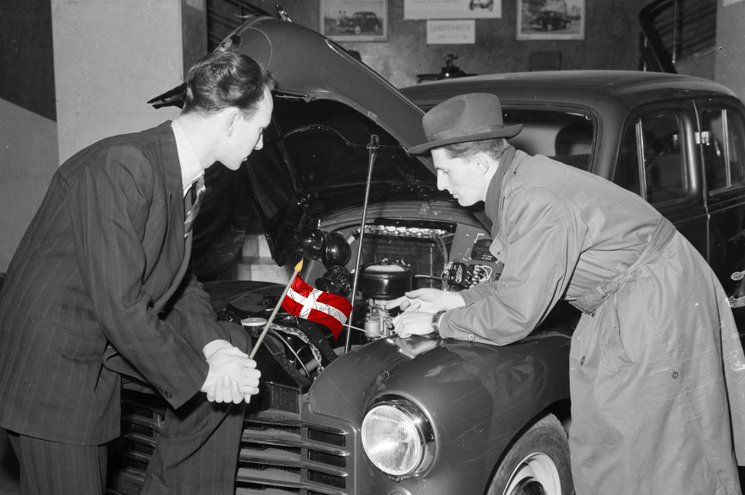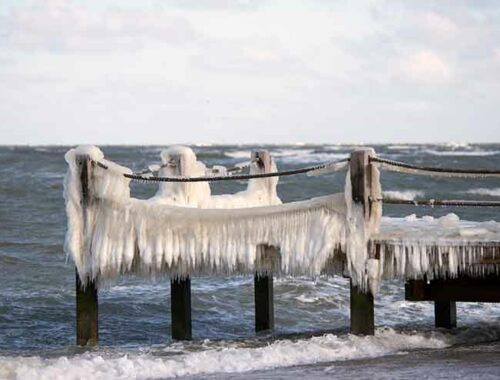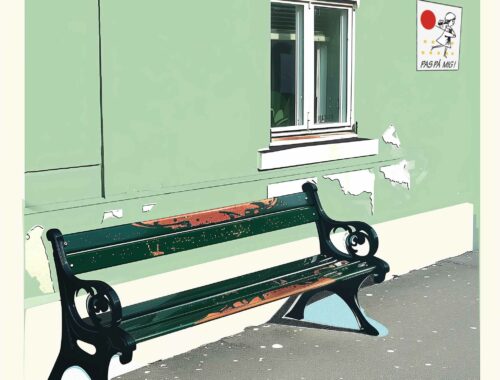 Unlike their German neighbors, who are passionate about cars and driving, Danes have a slightly bashful relationship with cars.
Unlike their German neighbors, who are passionate about cars and driving, Danes have a slightly bashful relationship with cars.
There is a certain sense that the driver should be slightly ashamed to be driving a car at all. Real Danes drive bicycles.
This is partly a tenet of environmentalism – the Danish national religion – and partly because of an egalitarian conviction that no one in Denmark should have anything unless everyone else has one. The Danish government subscribes to both of these principles, and makes car ownership as difficult as possible.
Danes and cars
The purchase of a new car in Denmark sets off a 180% sales tax – in other words, a $20,000 sedan will cost you $50,000 to drive off the lot. This is the only tax you’ll ever hear Danish working-class people – greengrocers, carpenters, Page 9 topless models (who tend to be on the socialist side) – complain about.
Heavy gasoline taxes, which were recently increased, bring the price of a gallon of fuel up to around $8 a gallon, even though the country is largely burning its own North Sea oil.
Even parking fees are punitive: an hour on the street in downtown Copenhagen will cost you $6, and payment isn’t optional because the meter maids mean business. On a small street near my old home in Christianshavn, they gave out 1692 parking tickets in a single year.
In Denmark, driving a fancy car is slightly embarrassing.
All this discouragement goes a long way towards explains why only about a third of Copenhagen households have cars, and those who do often choose small, shy cars, or used cars that aren’t subject to the sales tax.
Villains in a silent movie
Those who do buy new cars buy flashy ones – BMWs, Jaguars, Audis – knowing that they are on the wrong side of public opinion. They feel defiant. “Ha! I have an expensive car!” they seem to say, as if they were twirling a handlebar mustache in a silent movie.
It’s hard to say who are the country’s worst drivers – these guys, with their blue business suits and thinning hair – or the immigrant kids who drive their ancient, rusted Saabs at high speed through the bus-only lanes.
Both are fond of chatting on their mobile phones as they drive and making bizarre U-turns at unexpected moments.
I personally, have no car. I got a Danish drivers’ license as soon as I arrived – for the first year, you can simply exchange your American license for a Danish one – but I’ve never actually driven here, since Danish cars don’t have automatic transmissions.
(This is part of the same Viking ethic that dissuades them from taking an aspirin for a headache: an automatic transmission, like a painkiller, is considered the “easy way out.”)
I suppose I could learn to drive a stick shift, although I’ve never bothered to try. Instead, I make do with my bike – which is lovely on warm spring days, and less lovely in the rain, or when you have to bring home dry cleaning.
Moving furniture on bicycles
Actually, Danes are remarkably good at moving furniture on bicycles: I’ve seen slender women prop chairs, lamps, and healthy-size shelving units between the seat and the handlebars. I personally have transported a Christmas tree across the snow and ice on a womens’ shopper bike, and I still bring home groceries in its saddlebags.
Wine bottles are really the worst. They roll around in the bike basket, and jump out onto the pavement and shatter during sharp turns.
Bike culture is pervasive in Denmark, and having more than one bike per person is common. A swinging bachelor might have a “city bike” to drive to work plus a “mountain bike” for weekends, while a mother of young children might have a personal bicycle along with a giant three-wheeled contraption with a carrier for the kids in front.
Many own two bikes
Commuters often keep their “good bike” at home, sometimes inside their apartments, while riding a rusted old corpse to the train or bus stop, where it can be parked without attracting the attention of Bulgarian bike-stealing gangs. These gangs roam the city at night, tossing dozens of attractive or lightly-locked bikes into trucks they drive back to the Balkans.
Oddly enough, there seems to be very little car theft: people with enough money to buy Porsches confidently park them on the street. Perhaps the thieves are embarrassed to be seen driving them as well.
At any rate, I don’t miss owning a car, although I do miss driving. And apparently I am not alone.
The first thing a Dane does when he moves to another European country – Sweden, Germany, Luxembourg – is buy a beautiful, flashy car.
Buy Kay’s books about Denmark on Amazon, Saxo, Google Books, Apple Books, Barnes & Noble Nook, or via our webshop.
Image mashup copyright Kay Xander Mellish 2025
Read also:
Driving in Denmark




